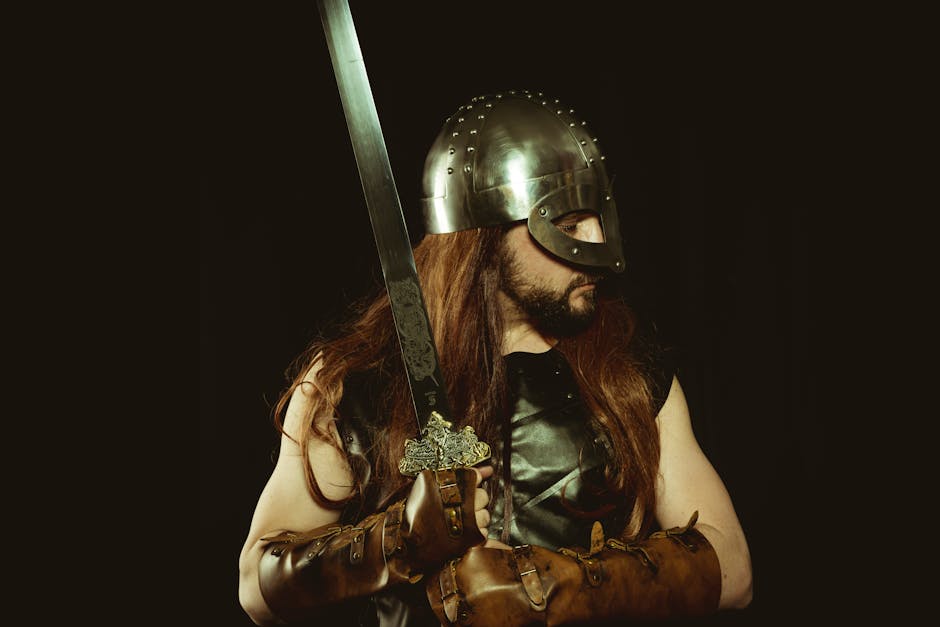Were Medieval Torture Devices as Widespread as We Think?
Medieval torture devices are often depicted as widespread and commonly used instruments of pain in history books, films, and television. Stories of medieval Europe’s reliance on devices like the iron maiden, the rack, and the Judas cradle stem more from exaggeration than from documented history. Torture was undeniably present in legal and punitive systems of the era, but its use has been overstated over time.
Much of what we assume about medieval torture comes from sources that were written long after the Middle Ages. Many well-known torture devices linked to the medieval era were either entirely fictional or exaggerated over time. Medieval justice extended beyond physical punishment, imposing social and economic penalties on those found guilty.
Understanding the true nature of medieval torture requires a closer look at historical records, legal documents, and the broader cultural context in which punishment was administered.

Were these notorious torture devices as prevalent as widely assumed, or have historical interpretations distorted our perception?
Torture's Function in Medieval Legal Systems
Torture was used in medieval Europe, but it was not as pervasive as many believe. Legal systems across various regions had strict guidelines regarding when and how torture could be employed. In many cases, it was reserved for serious crimes or to extract confessions under specific circumstances.
In England, for example, common law did not permit judicial torture unless sanctioned by royal authority. Meanwhile, in continental Europe, legal codes such as the Constitutio Criminalis Carolina (1532) established rules governing when torture could be applied. Even within these frameworks, physical coercion was not always the preferred method; exile, fines, and public shaming were frequently used as alternatives.
The idea that every criminal or accused heretic faced gruesome torment is misleading. Trials often relied on witness testimonies and evidence rather than forced confessions. Torture was generally seen as a last resort and not a standard practice in all legal proceedings.
Commonly Misattributed Torture Devices
Many infamous torture devices associated with medieval Europe either did not exist or were used sparingly. Some devices commonly thought to be from the Middle Ages actually originated much later or were fabrications created for dramatic effect.
| Torture Device | Historical Accuracy |
|---|---|
| Iron Maiden | No evidence suggests its use before the 18th century; likely a later invention. |
| The Pear of Anguish | Lack of historical documentation; origin remains uncertain. |
| The Rack | A genuine device but used selectively, mostly for extracting confessions. |
| The Breaking Wheel | A documented execution device but primarily in continental Europe. |
| The Judas Cradle | No verifiable records confirm its widespread use in the Middle Ages. |
The iron maiden is one of the most famous examples of misattribution. Historical research suggests that it was likely an 18th or 19th-century fabrication rather than an authentic medieval instrument of torture. Similarly, devices like the pear of anguish lack sufficient historical documentation to confirm their use during medieval times.
How Later Eras Shaped Views on Torture
A significant portion of what people assume about medieval torture comes from later centuries rather than from firsthand medieval accounts. Many well-known images and descriptions come from early modern sources that sought to depict past eras as barbaric compared to their own time.
The 18th and 19th centuries saw a rise in sensationalist depictions of medieval punishment. Museums began displaying alleged medieval torture devices without verifiable provenance, further cementing misconceptions about their widespread use. Writers and historians from these periods often exaggerated past cruelties to contrast them with what they saw as more enlightened times.
This trend has continued into modern media, where films and television shows frequently depict medieval societies as lawless and brutal beyond what historical records support.
Torture Methods That Were Actually Used
While some infamous devices may have been exaggerated or entirely fabricated, certain forms of torture were genuinely used during medieval times. These methods varied depending on the region and legal system but generally served specific judicial functions rather than indiscriminate cruelty.
- The Strappado:This method involves binding a person's wrists behind their back and suspending them, which frequently causes joint dislocations.
- Pillories and Stocks: Used more for humiliation than physical harm but still served as a form of punishment.
- The Ordeal: Trials by fire or water meant to determine guilt based on divine intervention rather than physical suffering alone.
- Mutilation Punishments: In some cases, convicted criminals faced amputation or branding as permanent markers of their crimes.
Torture was not always about inflicting maximum pain; it often had symbolic significance meant to deter crime rather than simply punish individuals harshly.
The Legacy of Medieval Torture Myths
The image of a violent medieval world filled with horrific torture devices persists due to cultural portrayals and misinterpretations rather than direct historical evidence. Scholars are reassessing primary sources and legal records from the time to question these established narratives.
This shift in perspective helps paint a more accurate picture of medieval justice, one that acknowledges its harsh realities while dispelling exaggerated claims about widespread institutionalized brutality. As more research becomes available, it becomes easier to separate fact from fiction regarding how societies dealt with crime and punishment in earlier centuries.
Torture certainly existed in the Middle Ages, but it was neither universal nor always carried out using elaborate mechanical devices. Many famous torture instruments associated with this period are likely products of later embellishment rather than actual medieval practices. Critically analyzing historical records provides a clearer picture of how justice operated at the time, free from the distortions of dramatized myths.